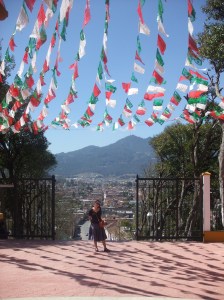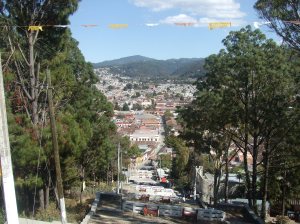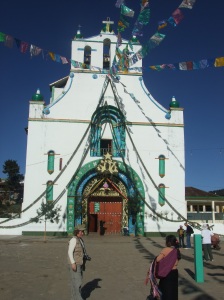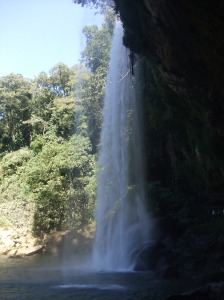It’s finally been getting warmer around New York, and residents are rejoicing. Putting up with scarves and shivers for months on end, we certainly feel like we deserve this rewarding climactic break.
I cheated on this, however, by flying to San Diego, California, at the end of March.
![IMG_0471[1]](http://tanyas618.files.wordpress.com/2013/04/img_04711.jpg?w=300)
Perhaps that shared sentimental brightness that results from the first warm days is not a phenomenon for people who live in a warm place and do not have to endure the everlasting challenge of coldness; but for those of us that do, we can finally enjoy the feeling of wearing a T-shirt outdoors (and even encountering the subject of your T-shirt right on the sidewalk).
Some of the other local animals are not quite as fluffy.
After debating whether this Ocean Beach landmark was the largest pier or second largest pier in California or the country or coast or some other record, I don’t remember exactly what it was, but it sure made for a lovely oceanic shot.
Another novelty of the Western United States is the scenic sunsets over this very body of water. When the sun finally descends beneath the aquatic horizon, the temperature goes down as well, and one can take refuge within the comfort of establishments.
One such establishment, a karaoke hall, posts bodily etiquette rules above its plastic trash can (in two major world languages).
At 7-11, rather, a sign is posted to punish those who have already committed unacceptable behavior against its rules (as well as to deter future immoral acts against innocent burritos).
Down in Ensenada, Mexico, sunny skies also dominate the landscape in the laid-back daytime atmosphere…
…and for inanimate versions of extinct (or possibly imaginary) creatures.
Such a setting is also adequate for ranches…
…not to mention little villages along rock beaches.
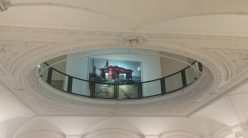
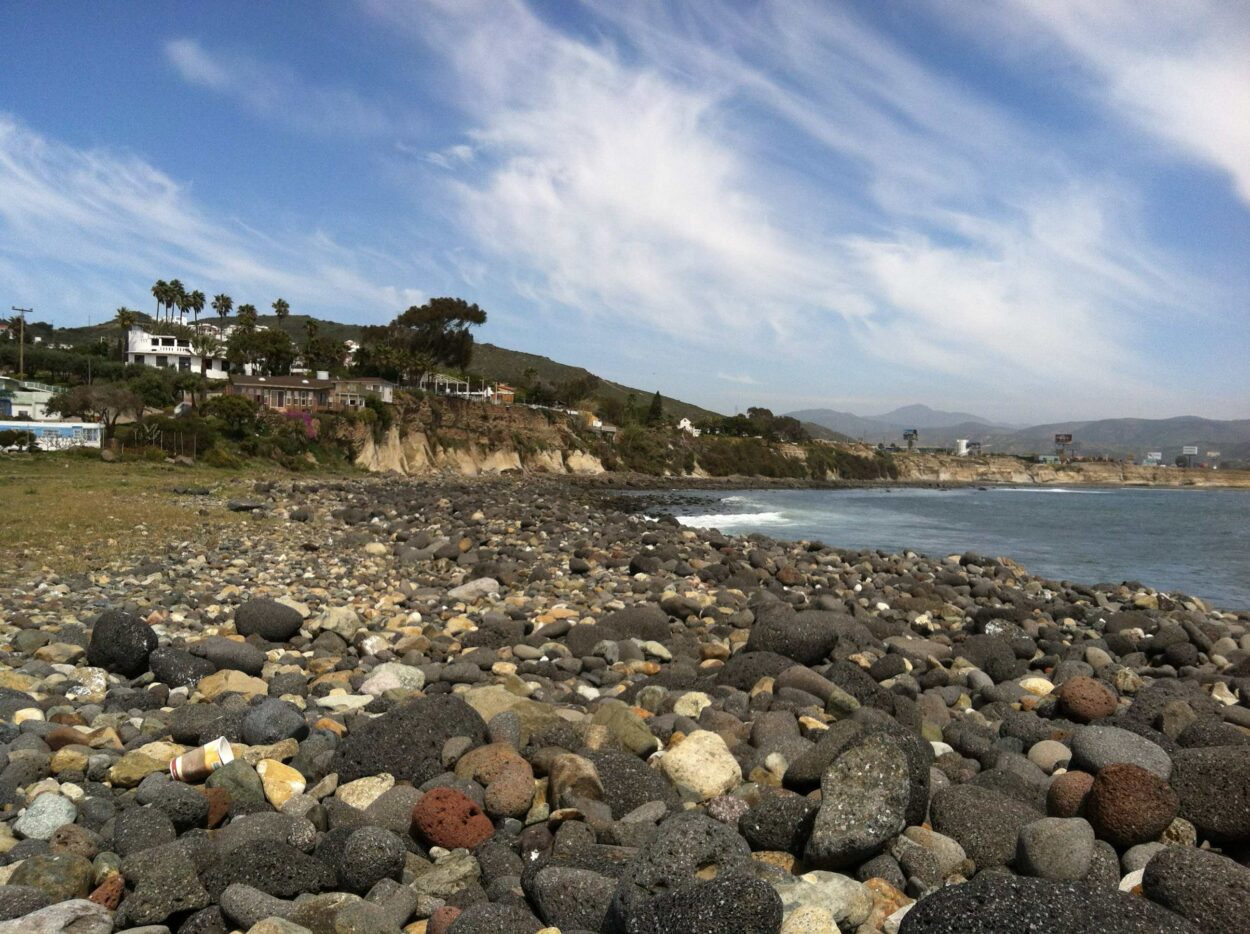
![IMG_0499[1]](http://tanyas618.files.wordpress.com/2013/04/img_04991.jpg?w=300)
![IMG_0492[1]](http://tanyas618.files.wordpress.com/2013/04/img_04921.jpg?w=300)
![IMG_0526[1]](http://tanyas618.files.wordpress.com/2013/04/img_05261.jpg?w=300)
![IMG_0527[1]](http://tanyas618.files.wordpress.com/2013/04/img_05271.jpg?w=300)
![IMG_0539[1]](http://tanyas618.files.wordpress.com/2013/04/img_05391.jpg?w=300)
![IMG_0542[1]](http://tanyas618.files.wordpress.com/2013/04/img_05421.jpg?w=300)
![IMG_0531[1]](http://tanyas618.files.wordpress.com/2013/04/img_05311.jpg?w=300)
![IMG_0546[1]](http://tanyas618.files.wordpress.com/2013/04/img_05461.jpg?w=300)
![IMG_0549[1]](http://tanyas618.files.wordpress.com/2013/04/img_05491.jpg?w=300)
